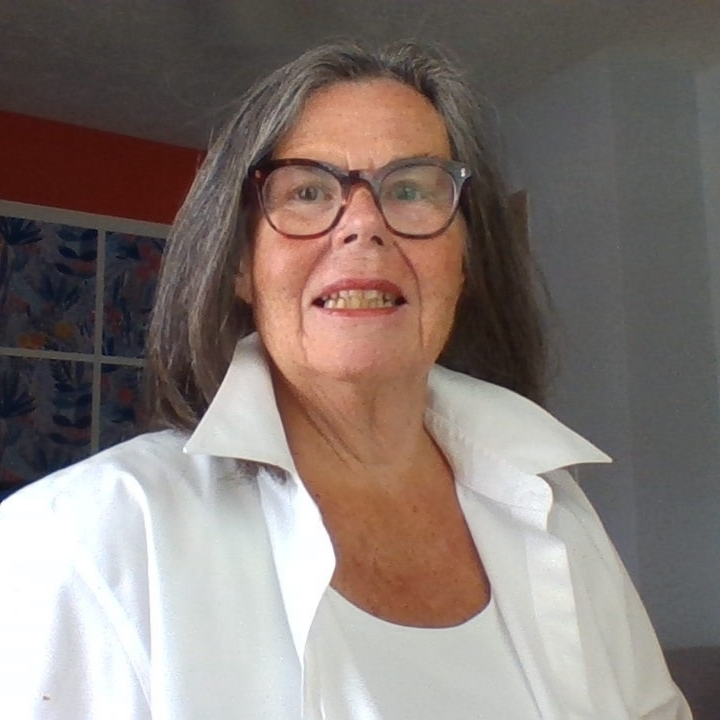In the attic of your life, there sits a treasure chest. Inside are gems of joy you once cherished—hobbies and creative pursuits that sparked delight before the demands of career and family gently closed the lid.
Now, as you enter this new chapter, it’s time to dust off that chest and rediscover the treasures within. These abandoned hobbies aren’t merely pastimes—they’re parts of yourself waiting to be reclaimed.
The Forgotten Treasures Within
Remember being completely absorbed? Perhaps it was knitting, the quiet focus of photography, or the joy of gardening.
These weren’t just ways to pass time—they were expressions of your authentic self that gradually slipped to the background as other priorities took center stage.
“I used to paint watercolors every weekend in my twenties,” shares Diane, 57. “Then came marriage, children, a demanding career. My paints dried up, and eventually, I gave my supplies away. It wasn’t a conscious choice—life just flowed in other directions.”
We carefully packed away these treasures—not discarding them, but temporarily storing them until you had time to appreciate them again.
Why Reclaiming Matters Now!
Returning to abandoned hobbies isn’t merely nostalgic indulgence. Research shows that engaging in personally meaningful leisure activities significantly contributes to wellbeing during life transitions by:
- Creating continuity between your past and present selves
- Facilitating flow states that enhance mental health
- Offering social connection through shared interests
- Building confidence through skill development
- Structuring time in meaningful, intentional ways
Carol, who returned to playing piano at 62 after a thirty-year hiatus, reflects: “Reconnecting with music has bridged who I was with who I am now. There’s something profoundly healing about that continuity, especially when so much else is changing.”
Unlocking the Treasure Chest: A Process
1. Inventory Your Gems
Create a list of hobbies you once enjoyed. Don’t edit or judge—simply note everything from childhood pastimes to young adult interests.
Ask yourself: What absorbed me so completely that I lost track of time? What activities did I promise myself I’d return to “someday”?
2. Dust Off Each Gem
Examine each former interest more closely:
- What specifically appealed to you about this activity?
- What emotions or states of mind did it evoke?
- What circumstances caused you to set it aside?
Margaret discovered her abandoned photography hobby wasn’t just about taking pictures—it was about mindful observation and finding beauty in ordinary moments. Understanding these deeper attractions helped her recognize how photography still aligned with her current values.
3. Polish and Reset
Some treasures need polishing before they shine again. Others might need to be reset in new settings to work in your current life.
This might mean:
- Starting at a different level: The competitive tennis player might return as a casual doubles partner
- Using new technology: The film photographer might explore digital photography
- Finding new communities: The once-solo hiker might join a women’s hiking group
- Adapting to physical changes: The former dancer might explore seated dance classes
The essence remains, but the expression evolves to match your current life stage.
4. Display Your Treasures Proudly
As you reclaim these hobbies, give them the proper place in your life. Create physical space for supplies, schedule regular time for engagement, and release any self-consciousness about returning to activities others might perceive as merely “recreational.”
These aren’t frivolous pastimes—they’re essential components of a well-lived life, as worthy of time and attention as any other priority.
From Tentative to Committed: Overcoming Obstacles
As you reclaim abandoned hobbies, you may encounter obstacles:
The Perfectionism Trap
Many women hesitate to return to former hobbies, fearing they’ve lost skills. Remember: the purpose isn’t perfection but pleasure. Persistence over perfection applies perfectly here.
“I was terrified to play piano again after so many years,” admits Carol. “But I decided that playing imperfectly was better than not playing at all. Now, the joy is what matters most.”
The Guilt Factor
After decades of prioritizing others’ needs, many women feel uncomfortable dedicating time to personal interests.
If this resonates, extend to yourself the same compassion you would offer a friend. You deserve time for joy and self-expression.
Practical Constraints
Space, finances, physical limitations—these present real challenges. Approach them creatively and with flexibility:
- The former painter without a dedicated art space might join a community studio
- The woman who loved sailing might volunteer with a youth sailing program
- The knitter with arthritis might explore ergonomic tools or adapt to loom knitting
Preserve the core of your past passion. Adapt it to fit your current life. The key is finding a balance between letting go and forcing it to stay the same.
Building on Reclaimed Foundations
As you reintegrate these treasured hobbies, they may evolve in unexpected ways:
- The casual reader of history might take university courses in her area of fascination
- The returned hobbyist gardener might volunteer at community gardens
- The woman who reclaims woodworking might offer workshops for other women
These evolutions aren’t departures—they’re expansions, setting the gem in a larger, more meaningful context where joy can lead the way to new possibilities.
Taking Action: Your Next Steps
- Create your treasure inventory: List every hobby you’ve ever enjoyed, no matter how brief or long ago.
- Choose one gem to polish: Select just one former interest to explore in the next month. Start small—a one-day workshop or an hour with long-abandoned supplies.
- Find your community: Search for local or online groups related to your reclaimed hobby.
- Schedule hobby time: Block specific times in your calendar, giving your hobby the same priority as any important appointment.
- Document your rediscovery: Keep a simple journal about returning to this activity—note what’s familiar, what’s new, and how it feels to reclaim this part of yourself.
The joy is in rediscovering what matters to you and making time for it. This is a crucial part of starting a new chapter.



